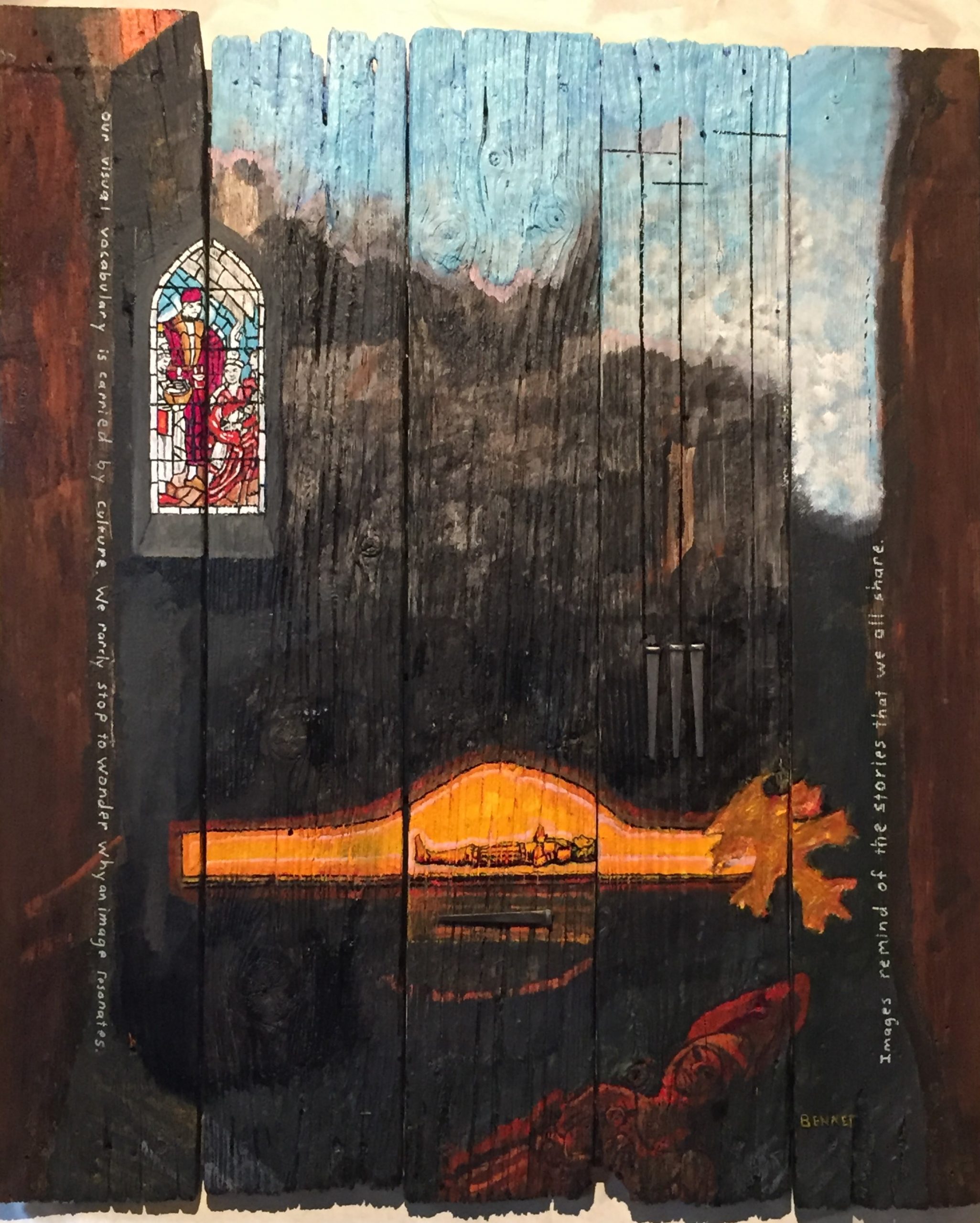Years ago I watched a film that would become known as one of the greatest cinematic masterpieces of all time. For me, my experience with the film as a work of art became a lifelong interaction. This was because the film was full of so many references and visual clues that each time I watched it or thought about it, I understood more. In essence, the experience could best be described as a conversation between me and the director. This conversation has gone on for decades.
As an artist, the most important part of my work is to create a similar, evolving experience for the viewer. I am not just creating something interesting or clever, but I am intentionally constructing a conversation through the viewer’s contemplation, observation, and discovery of elements in my work. Like my experience with the film. It is important that the conversation not be a “quick quip”, but each piece should support a conversation with the viewer for decades or even a lifetime.
The language I use for creating these experiential conversations is a shared visual vocabulary. All cultures have a visual vocabulary that becomes a part of how a person understands reality. Not only are visual vocabularies made up of images that carry with them associations, references, and even meanings (e.g., an image of a famous person, a medical diagram, a word written in a medieval typeface) but our list of understood visual references also includes objects that we identify and use to interact with the world around us (e.g. handles on tools, buttons that we press, icons to click on, etc.).
The final element that is unique in my work is the attention to topics and information that have become obscured or even lost as our society has made the transition from one form of media to another. I use the elements of our visual vocabulary to bring those back into the cultural conversation. In many cases this has led to the discovery of hidden or even new knowledge that has never been presented before.

